
Peoples and Languages
Social Media
Leave comments, suggestions, keep an eye on news in our groups on VK, Odnoklassniki and Telegram channel

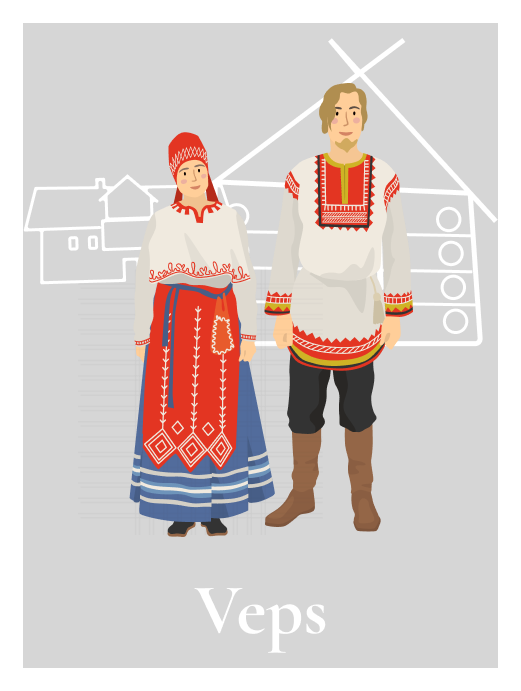
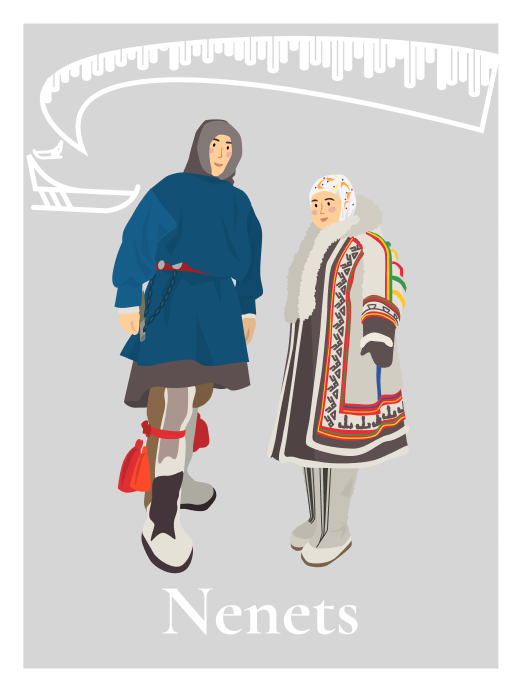
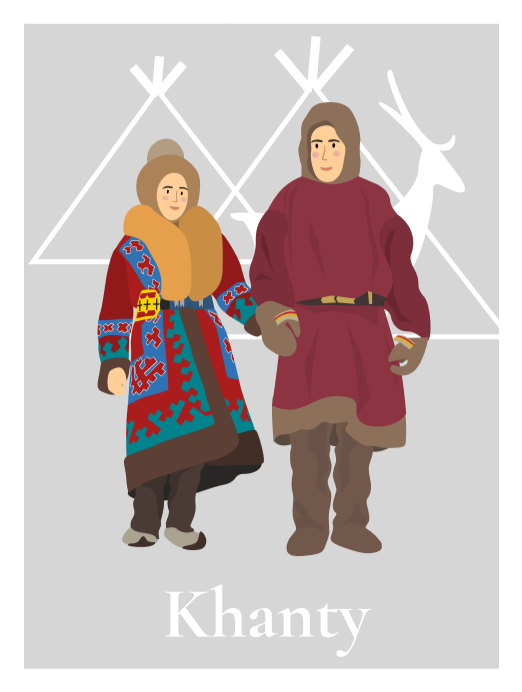
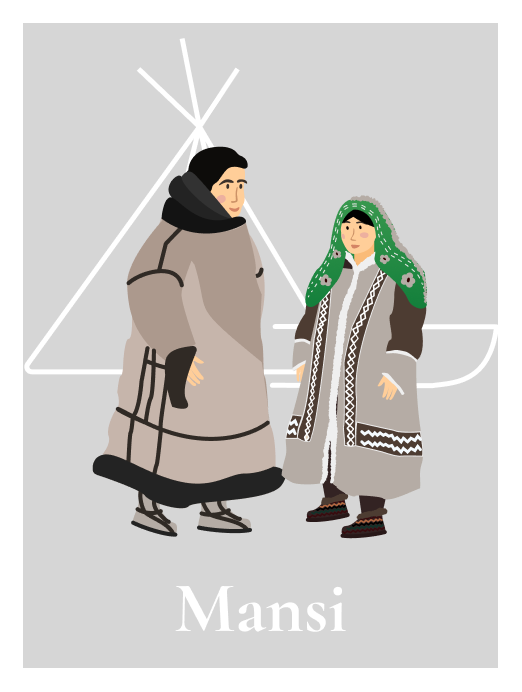


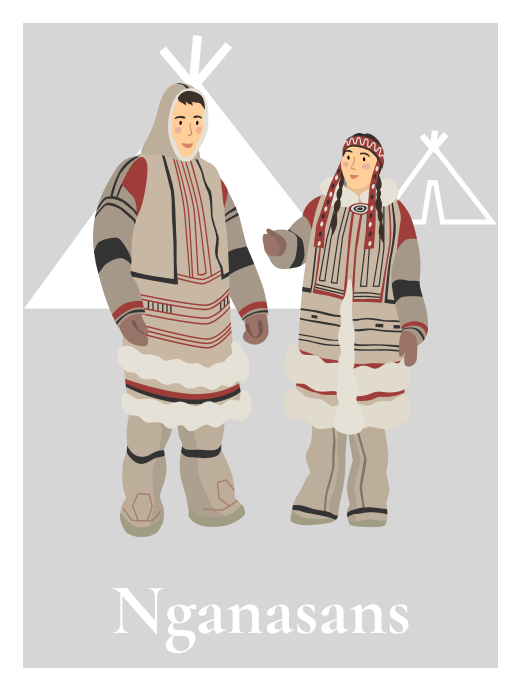

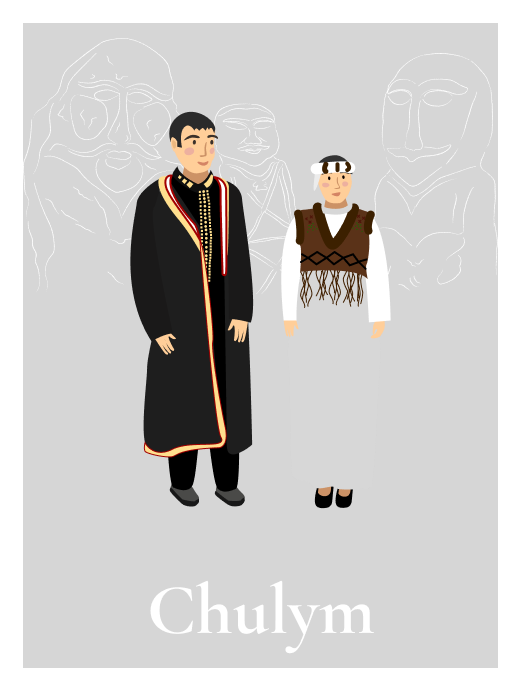

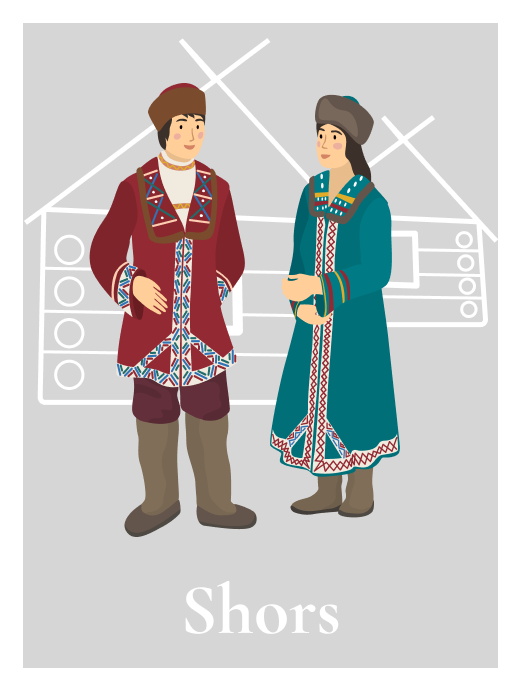
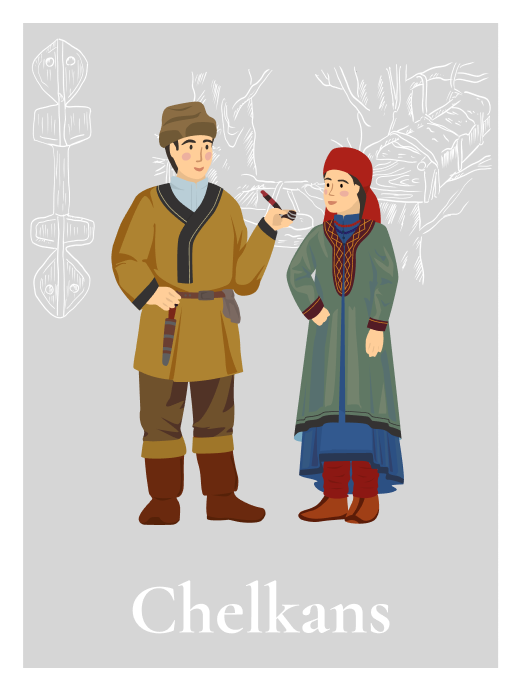


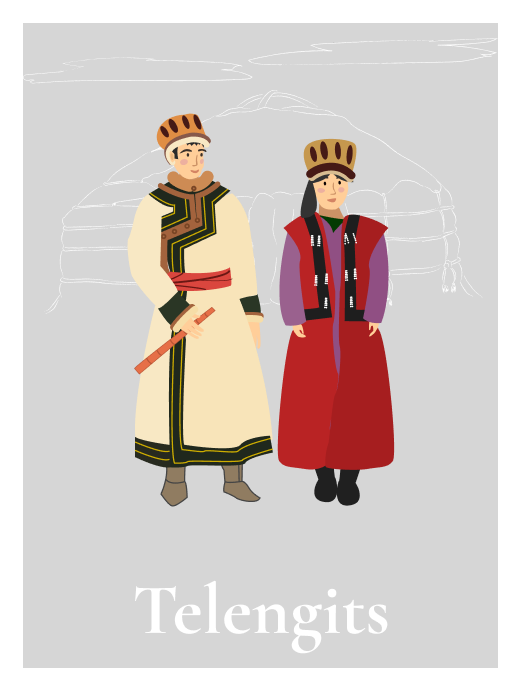
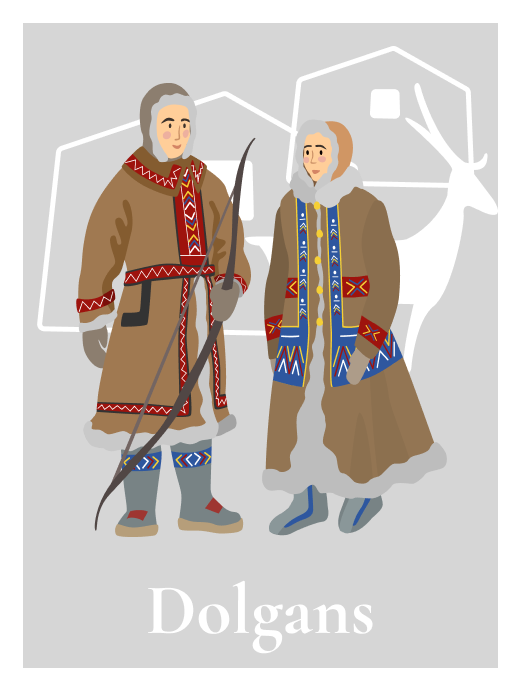
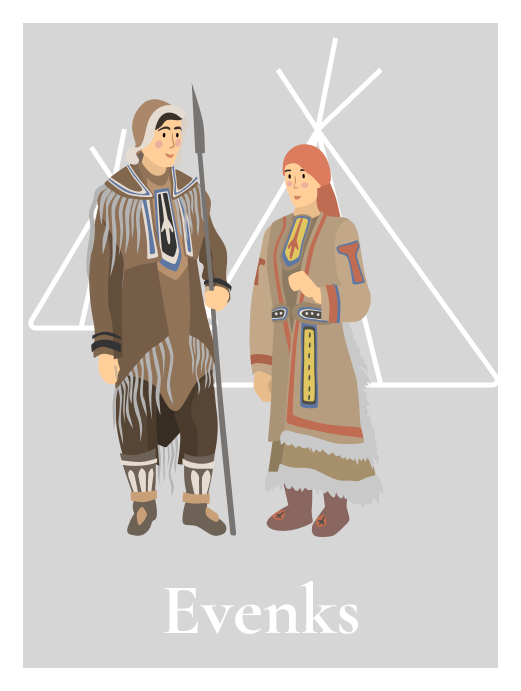


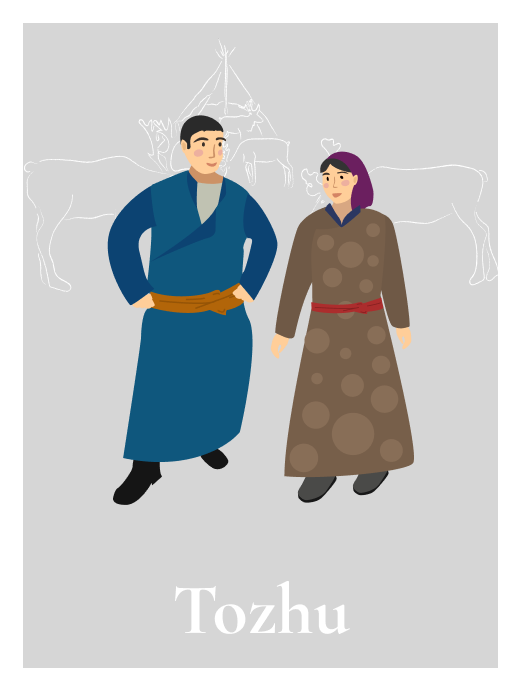



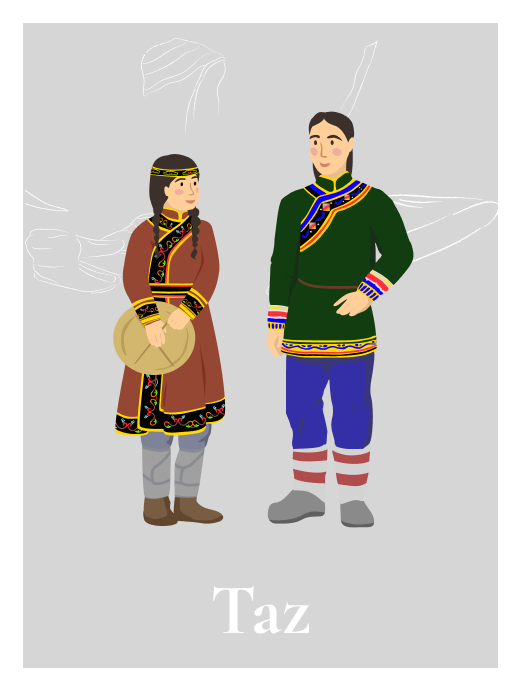

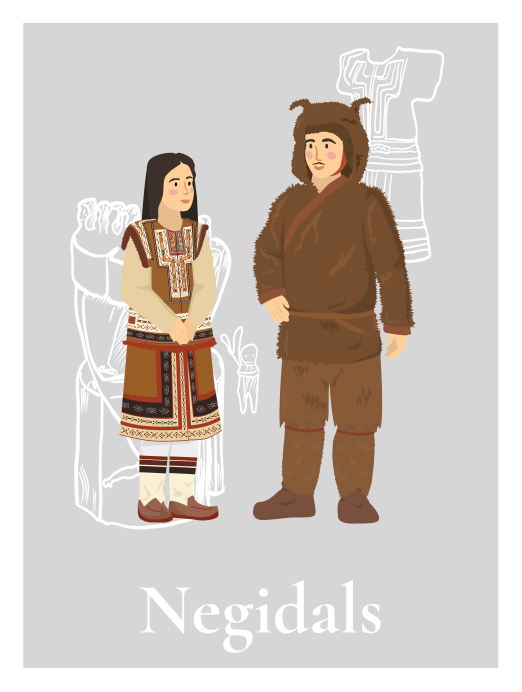



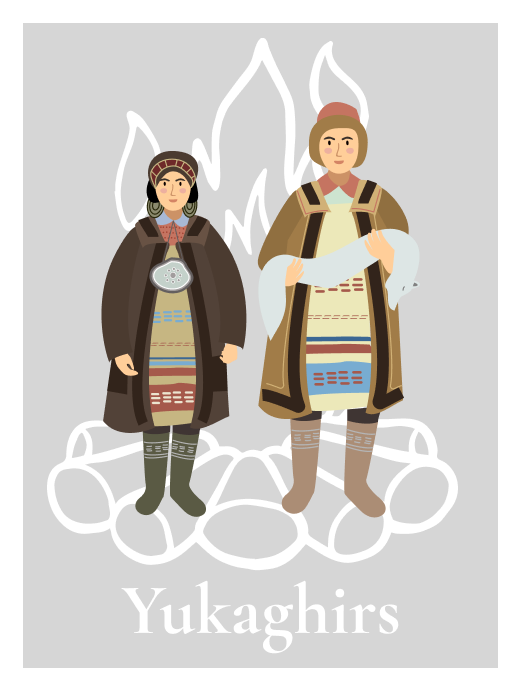


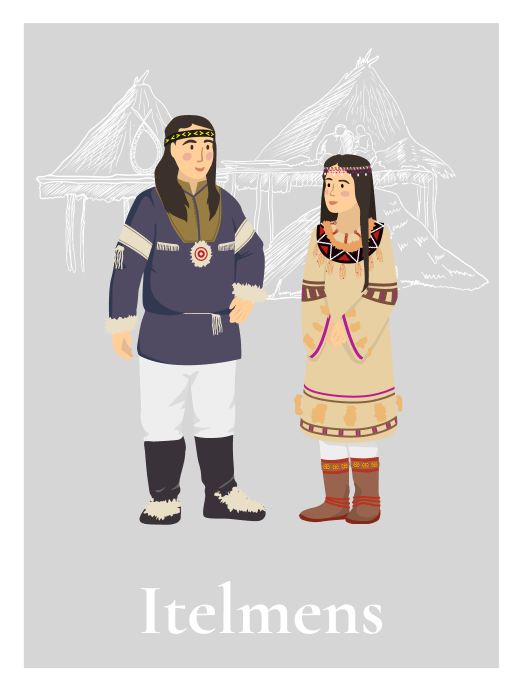

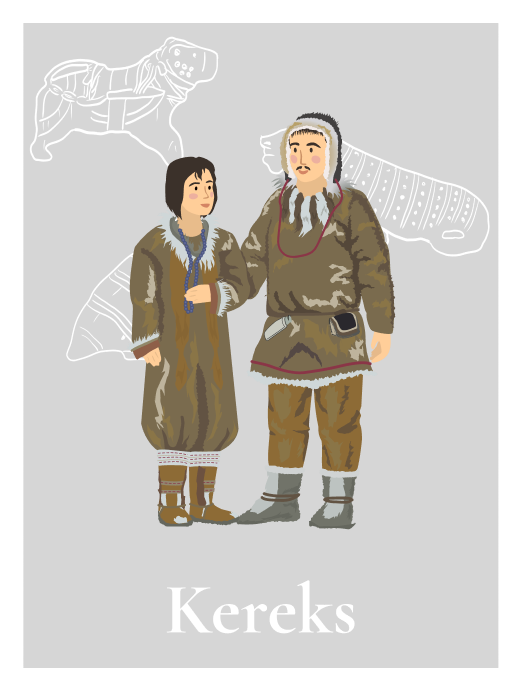
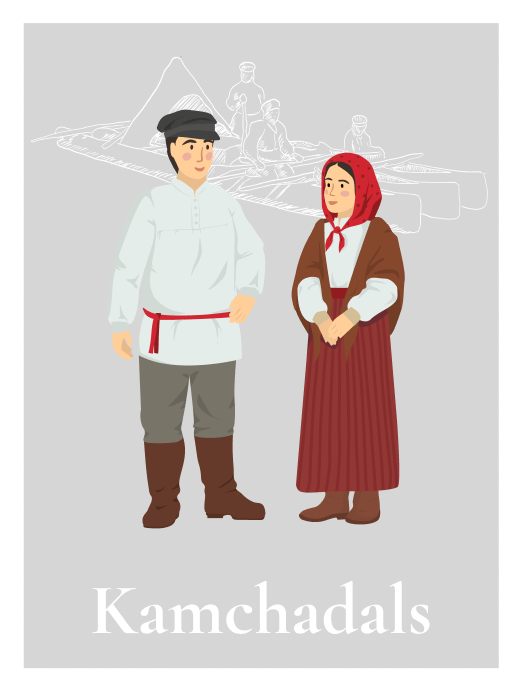

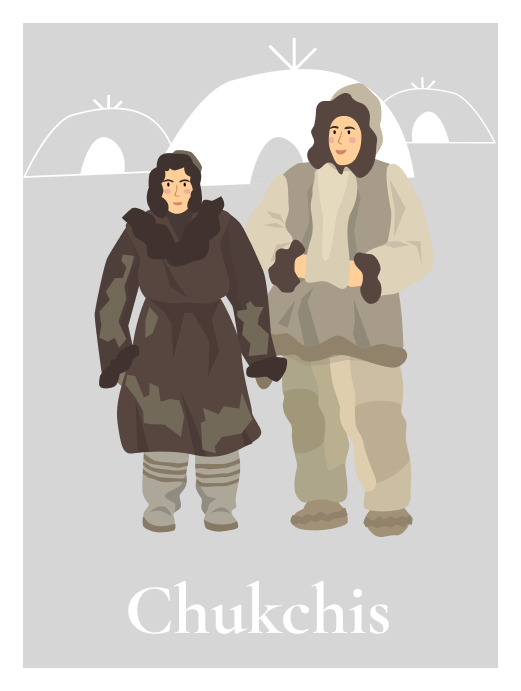
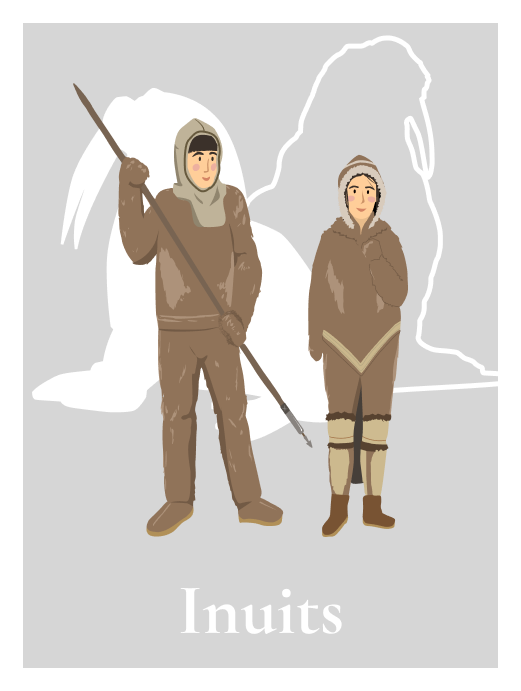
The Nenets are an indigenous small-numbered people of the Russian North. Culture- and language-wise, the Nenets form two independent communities: the Tundra Nenets and the Forest Nenets. The Tundra Nenets live in the vast space of the Eurasian north from the Kola Peninsula in the west to the Taymyr Peninsula in the east. The Forest Nenets populate the northern tundra in the catchment area of the river Pur and the Numto mesa, from the upper reaches of the rivers Kazym, Nadym, and Pim to the upper reaches of the Agan.
Industrial development of natural resources, primarily hydrocarbons, and Russia’s state geostrategy for reviving the development of the Russian Arctic, including navigation along the Northern Sea Route (because of, among other things, global warming and melting ice in the Arctic seas) serve as the main drivers of developing the regions of the Nenets’ residence.
Mythological picture of the world and traditional beliefs. The Nenets are pagans: most Siberian Nenets did not convert to Christianity either when Metropolitan Feofil (Leshchinsky) baptized non-Slavs in great numbers (early 18th century) or later; European Nenets were formally converted in the 1820s during the mission of Archmandrite Veniamin that destroyed the principal shrines, including the famous temple on Vaigach Island.